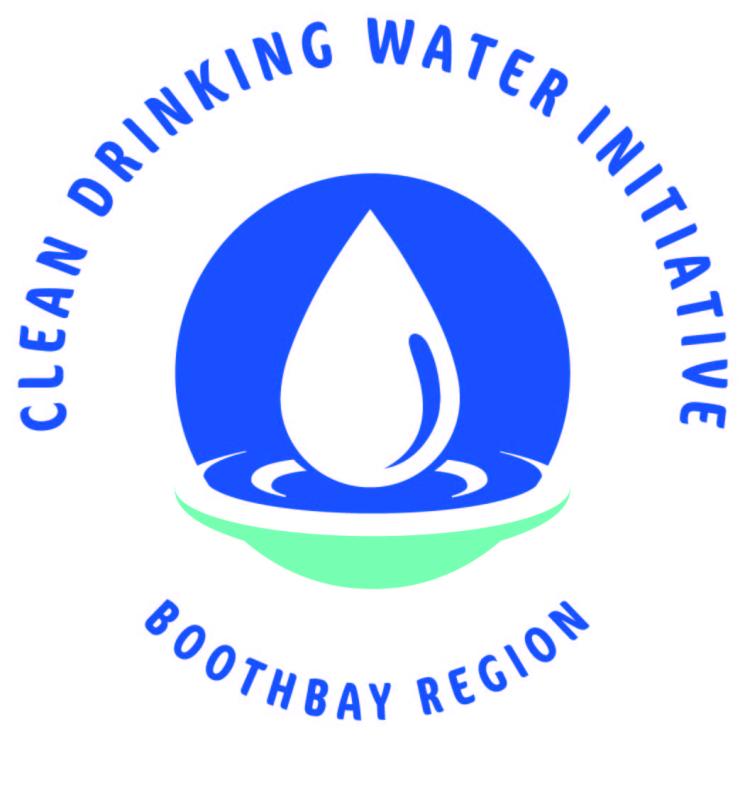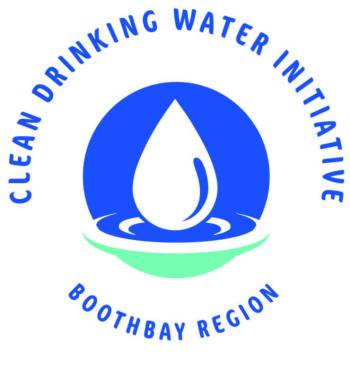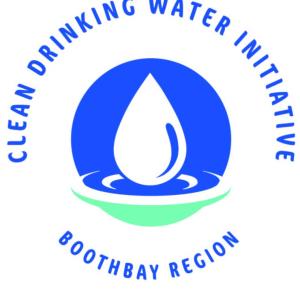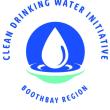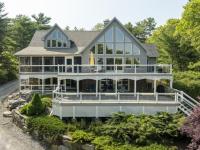Communities nationwide struggle to provide drinking water
As the United States’ population increases and its freshwater delivery systems age, more communities around the country struggle to provide a consistent supply of clean drinking water to their residents. In September 2022, Scientific American reported that drinking water systems serving 21 million people across the country were cited for violations of the United States Safe Drinking Water Act in 2015.
Some of the more notable drinking water problems have occurred in such diverse places as Jackson, Mississippi (2022- no service for a week; “boil water” notices off and on for years); Flint, Michigan (2014-lead contamination); West Baltimore, Maryland (2022–e. Coli); Hawaii (2021-jet fuel pollution); and, New York City (2022-tainted with arsenic). Today, seven states in the Southwest are fighting over how to share the water in the Colorado River now that their 1922 agreement for the River’s use has expired.
And only a few days ago, the Bangor Daily News reported that on May 22 the Kennebec Water District issued a “do not drink order” for the public water system in Waterville due to the presence of firefighting foam in the water system after the local fire department extinguished a deadly fire.
Much of the drinking water infrastructure around the country must be replaced due to harmful or broken water lines or new filtration systems must be installed due to saltwater intrusion and other pollutants. In February 2023, Shannon Marquez, professor of Water, Sanitation and Hygiene at Columbia University, was quoted on PBS stating that it will cost at least $480 billion over 20 years to repair America’s drinking water system infrastructure.
Here in Maine, dozens of lakes have been categorized as “High-Risk” of harmful algae blooms by Maine’s DEP which maintains an online map of such lakes. Some of those High-Risk lakes are very close to Boothbay, including Clark’s Cove Lake on the adjacent Pemaquid Peninsula and Paradise Pond in Damariscotta.
And Maine’s DEP has categorized the sole source of public drinking water on the Boothbay Peninsula, Adams Pond and Knickerbocker Lake, to be “threatened” due to the sensitivity of these water bodies and the potential for further human development in the lakes’ watersheds. Studies across the globe have shown that human development in lake watersheds increases nutrient inputs, which spurs water quality declines. Maine’s DEP also has found that ”restoration of a degraded lake is extremely expensive and is never as effective as protection.”
“The ideal drinking water source is in a remote, forested natural area with no nearby sources of pollution,” according to the Maine CDC’s 2021 Report on Public Drinking Water in Maine. In Boothbay, while not remote, our public water supply watersheds still contain large expanses of undeveloped, natural forest land that protects water quality.
If 75% of the existing forested areas of the Adams Pond and Knickerbocker Lake watersheds can be preserved, then those forests will continue to act as a natural filter to safeguard water quality. We have a matchless opportunity to protect our public drinking water far into the future in the least expensive way possible – simply by preserving in its natural state the forested land that now exists in the watersheds. Protecting our water now will allow even more people to have clean drinking water in the future.

